Five reasons why you need a bike fit
Riding a bike should be fun, comfortable and challenging, but not painful. A well-fitted bike will be a pleasure to ride, efficient and pain-free. There is enough suffering in training without having the added discomfort caused by poor bike fit. Read on to learn my top five reasons why you need a bike fit.
1. Knee Pain
Knee pain can be caused by a number of issues relating to bike fit. For example, pain on the outside of the knee in the iliotibial (IT) band is common amongst cyclists. This can be due to incorrect saddle height, but more often it is caused by poor cleat alignment: either the medial-lateral position or the rotational alignment is incorrect.
A phenomenon which many people are not aware of is forefoot varus. Over 80% of people have feet where the ball of the foot is higher than the outside of the foot. This is known as forefoot varus. It is not a problem in itself but with the cyclist’s foot being rigidly held in place by tight shoes and cleats it should be compensated for within the foot-pedal interface. This is remedied with correct application of cleat wedges or forefoot wedges; often different angles are required for each foot.
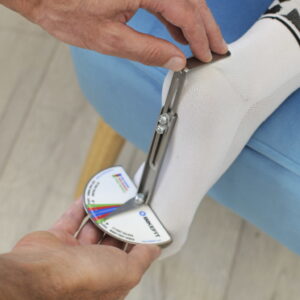
2. Back Pain
Lower back pain is very common amongst the general population and can be due to a wide range of reasons. However, amongst cyclists it is usually down to poor riding position or bike fit. If you already have pre-existing back pain then a poor bike fit will only exacerbate it.
Lower back pain whilst riding usually suggests there is too much curvature of the lower spine. This can be due to the bars being too low. A tell-tale sign is a bike with the brake levers rotated backwards. This is a strong clue that something is not right in the bike setup.
Another sight I often see is saddles tilted backwards. This has usually been done to combat sliding forward on the saddle. Whilst this might cure the sliding, it has the unwanted side-effect of rotating the pelvis backwards, increasing pressure on the lower spine, leading to back pain.
Other reasons include: sudden increase in training volume, tightness in the psoas muscle or poor core strength.
3. Your Hands Don’t Reach The Hoods
One of the first things I do during a bike fit is to observe the client riding. Whilst assessing their position I commonly see them fail to place their hands on the top of the hoods. Brake levers have gone through huge development over recent years, combining gear shifting (manual and electronic) and hydraulic braking. They have also evolved to be the most ergonomic place to put your hands whilst riding, provided you can reach. You should also be easily able to brake and change gear from here.
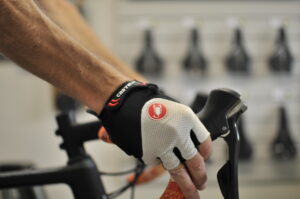
If your natural hand position is short of the hoods then your bike setup is wrong. Chances are that either the saddle is too far back or more often, the stem is too long. It could even be a bit of both. When manufacturers configure their bikes they put the same size stem on each frame size. For instance, nearly all 56cm frames are fitted with a 100mm stem. That doesn’t mean that because you need a 56cm frame, you need a 100mm stem. Your torso could be shorter or longer than average, meaning you need a shorter or longer stem accordingly. That is why I use a Stem Sizer during bike fits to determine the ideal stem length and keep a wide range of stem lengths in stock.
4. Saddle Discomfort
Discomfort in the saddle area can be a real problem on the bike. Excessive pressure or numbness over a prolonged period will likely discourage people from riding at all. The good news is that it can be greatly reduced, if not eliminated with good bike fit and personalised saddle selection.
Common bike fit mistakes include:
- Saddle tilted backwards. This creates extra pressure on the front of the saddle. Saddles should always be either level or tilted very slightly downwards, never backwards.
- Saddle tilted too far forwards. This will lead to you constantly sliding forwards and having to push back. Annoying at best and inefficient at worst.
- Saddle too high. This makes the hips rock from side to side due to over-extension of the knee. This is likely to lead to discomfort or sores on one side or both.
- Bars too far away or too low. If you are being made to stretch too far due to poor bike fit, you will naturally rotate your hips forward and place greater pressure on the nose of the saddle.
- Inappropriate saddle selection. As with stems, manufacturers fit the same saddle to each model. The chances that this saddle suits you are very slim!
In order to find the best saddle for a client I use two technologies. Firstly, the saddle selection system from Italian manufacturer Prologo called Myown. The system combines empirical data: sit-bone width, flexibility, height and weight with details about the type of riding you do, to choose the ideal saddle.
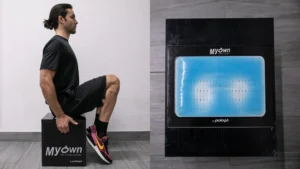
Secondly, I use the very latest Saddle Pressure Mapping to analyse the distribution of pressure to a high degree of accuracy.
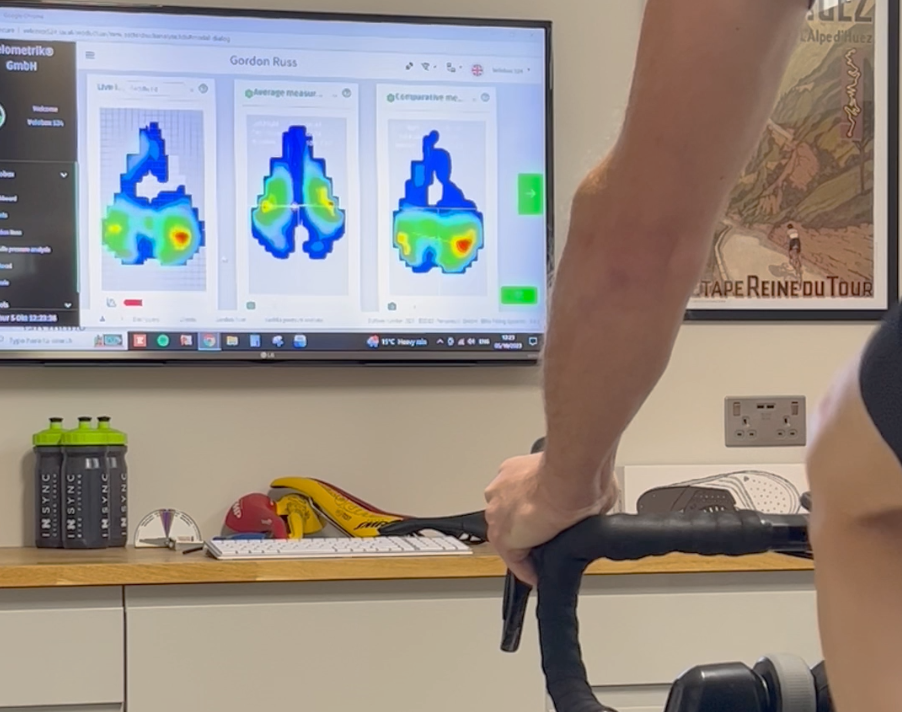
5. Reluctance To Use The Drops
Another thing I commonly see in the Bike Fit Studio is a reluctance to use the drops. People often put up with these poor bike setups thinking it’s normal. It isn’t. Being able to reach the drops on a road bike is crucial to effective handling in fast corners and on descents. Only on the drops can you corner safely at speed and brake hard and with good modulation. With correct bike setup you should be able to rest your hands comfortably on the drops and reach the brake levers, preferably with one finger.
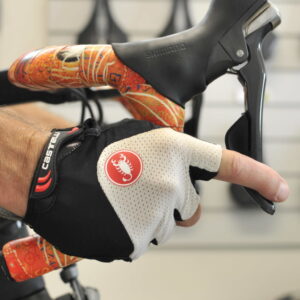
The cause is usually that the bars are too low or the stem too long. Sometimes it can also be due to the saddle being too far back.
Another cause is poorly located brake levers or poorly adjusted lever reach. Many people don’t realise that nearly all brake levers can now have their lever reach reduced to fit smaller hands. Check the manufacturer’s website for details or consult your local bike shop.
So there you go, my top five reasons you need a bike fit. Maybe you suffer from one or more of these problems. If you do I suggest a bike fit is a good investment, and remember a bike fit is not for life! Our bodies change over time, as does our bike as we change saddles, shoes, cleats and even whole bikes. Don’t suffer in silence, make the bike fit you, not the other way around.
InSync Cycling Coach offers a range of Bike Fit solutions from Cleat Fitting and Saddle Fitting to a Complete Bike Fit.
See the Bike Fitting page for details and online booking.
